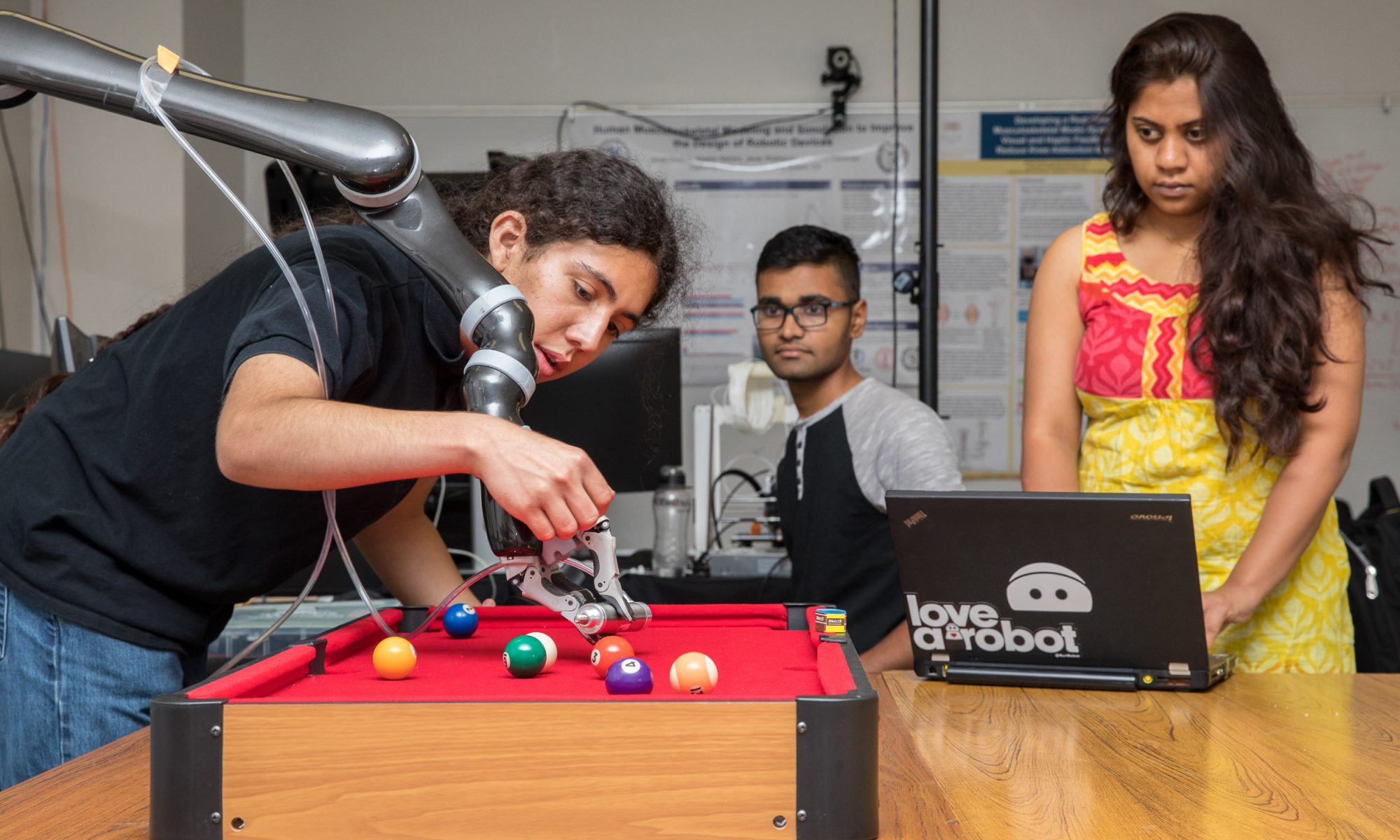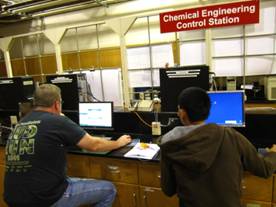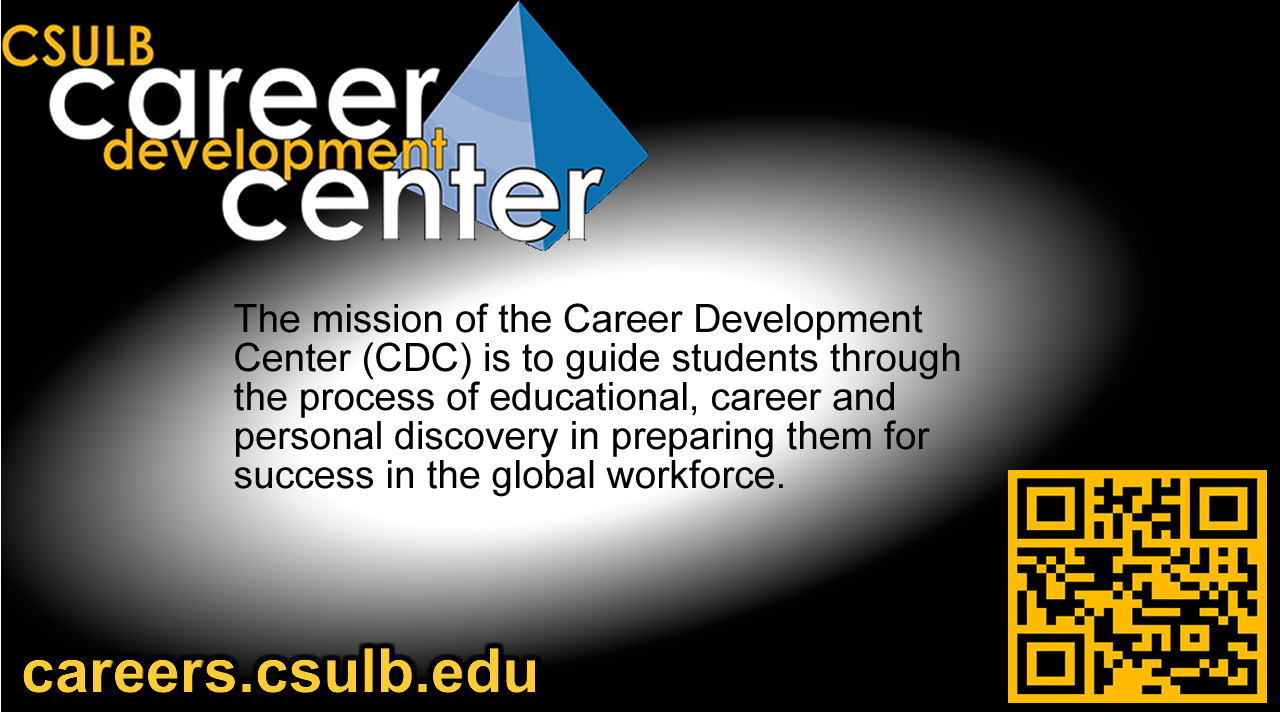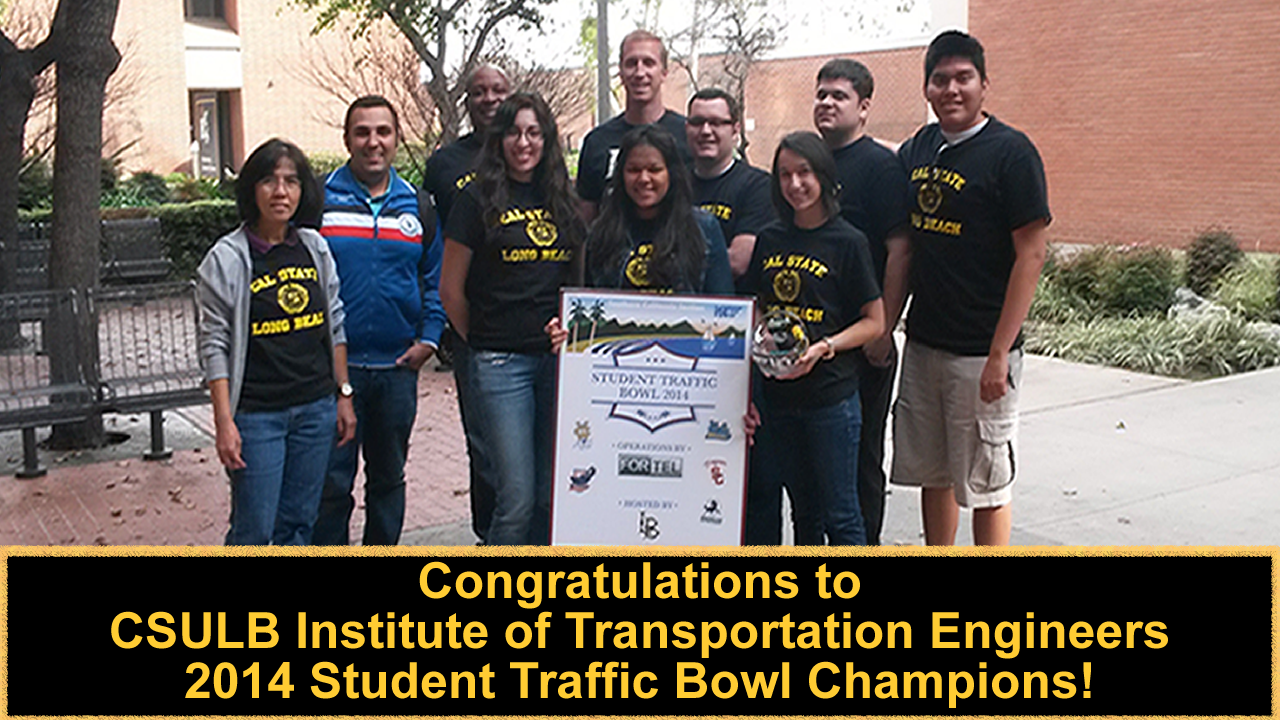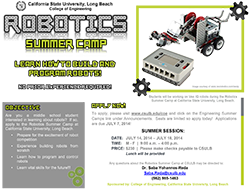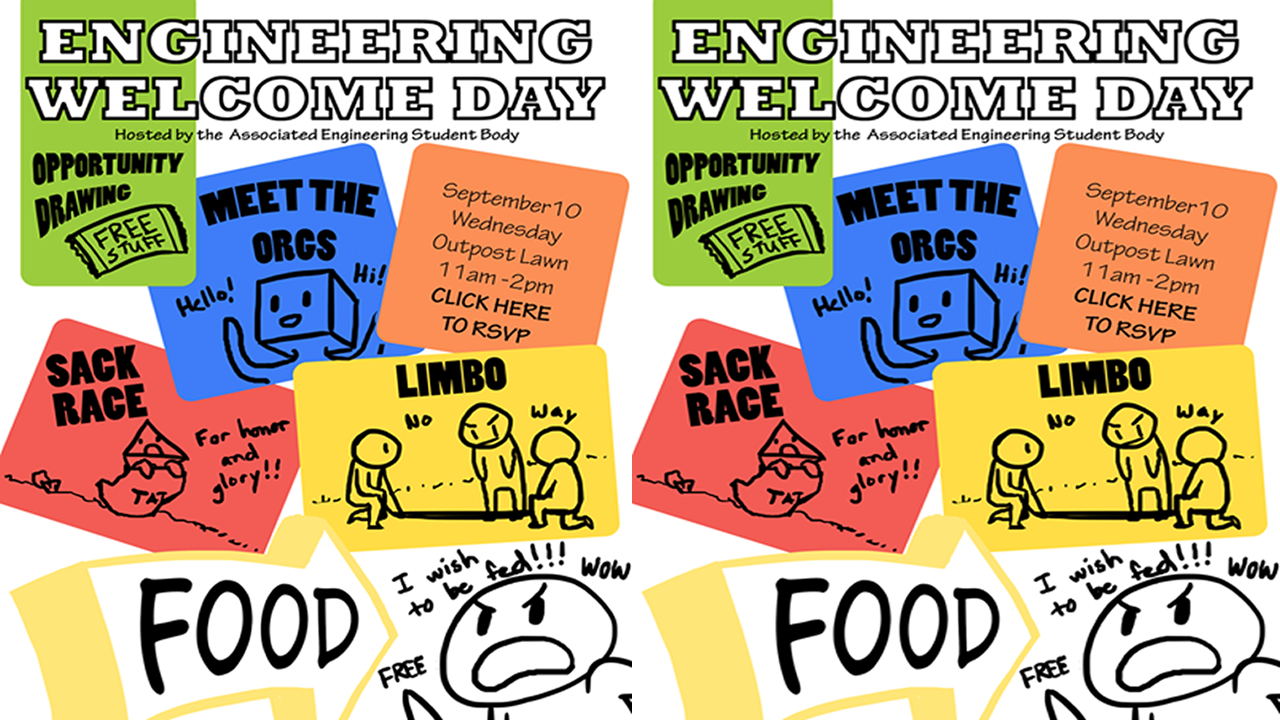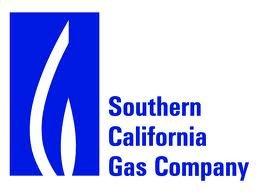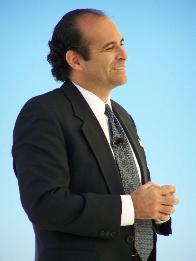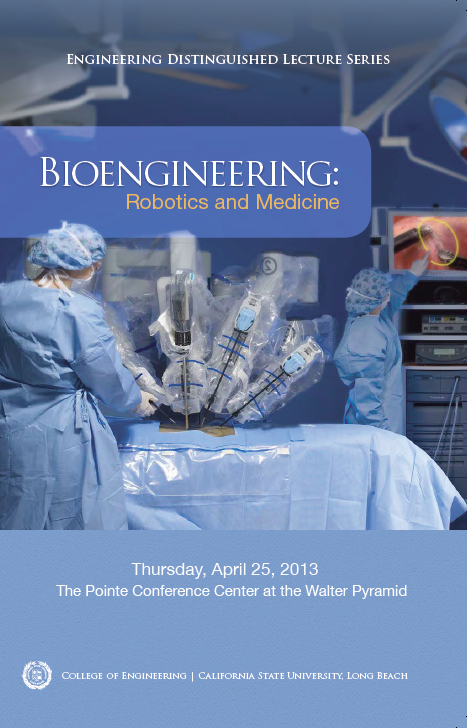By Todd Howard
When College of Engineering alumnus Christopher Hernandez began his internship at Rockwell International 36 years ago, he was still a high school student at St. John Bosco High School in Bellflower. Though only a teenager, he already understood that aerospace technology would be making increasingly significant contributions to civilization in the coming decades, and that he wanted to be involved with making them happen. Little did he realize just how substantial aerospace’s contributions would be, however, or how integral his role would be in bringing them to pass.
During his 36-year career, Hernandez has held key leadership positions in numerous high-stakes, cutting-edge aerospace projects, such as NASA’s Space Shuttle, and the US Air Force’s B2 Stealth Bomber. As chief engineer of the Stealth Bomber program, for example, he oversaw the aircraft’s first combat mission, which took place during the Kosovo War.
“These were very tense times,” said Hernandez. “This was the very first time our engineering efforts were going to be put to a real-world test. We were either going to be successful or we were going to risk lives.”
As any aviation buff can tell you, the B2 Stealth Bomber’s combat debut went down in history as a phenomenal success. The aircraft performed as designed on numerous 30-plus hour missions from Whiteman Air Force Base in Missouri to the war zone and back, and contributed significantly to the end of that conflict.
Hernandez would then go on to advance a very different kind of aviation technology by serving as head of Northrop Grumman’s Unmanned Systems program for three years. In this position, he was tasked with meeting the U.S. Department of Defense’s exponentially increasing need for unmanned aircraft systems to perform a range of crucial functions.
“In those days, we had seven unmanned systems in engineering development, and we were hiring people and expanding our facilities as fast as we could to keep up with the demand.” said Hernandez. “Though the technical challenges of those efforts were plentiful, the energy that came with meeting them made for exciting times.”
Today, Hernandez serves as chief technology officer for Northrop Grumman’s Aerospace Systems, and is responsible for advancing new key technologies for all of the company’s air and space programs. This requires him to effectively integrate the efforts of nearly twenty-five thousand employees in a range of divisions within the company, as well as those of several major suppliers and partnering universities.
Hernandez is also extremely active in the community, serving as vice chair of the Dean’s Advisory Council for the College of Engineering at CSULB, as a member of the Mexican American Opportunity Foundation, as chairman of the Aerospace Industries Association’s Technical Operations Council, and as a volunteer with the Boy Scouts of America. Though he has helped to realize some of the most ambitious achievements in aerospace history, it is his philanthropic and volunteer work that he finds the most significant. “While my career has been very rewarding, nothing compares with the feeling I get from giving back to the community,” said Hernandez.

